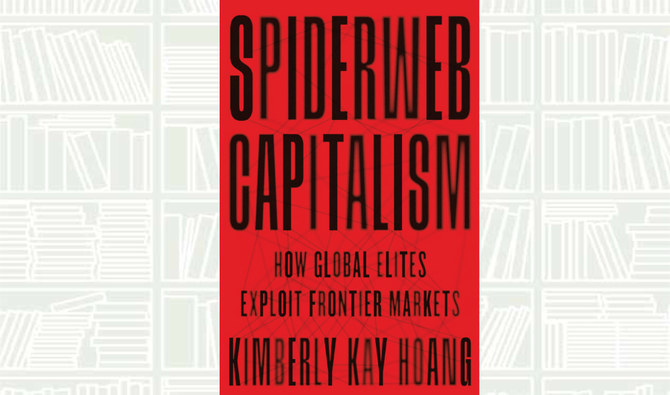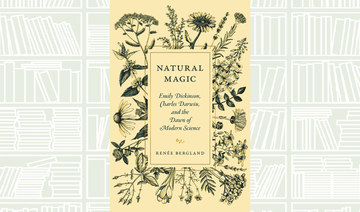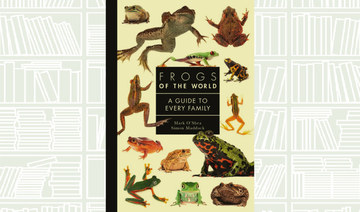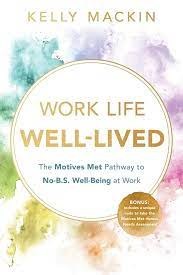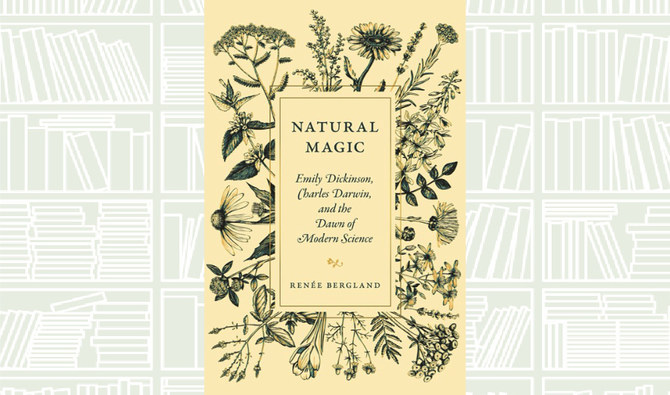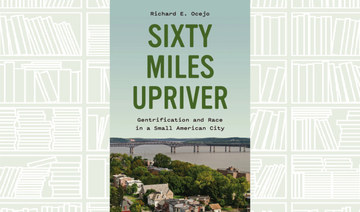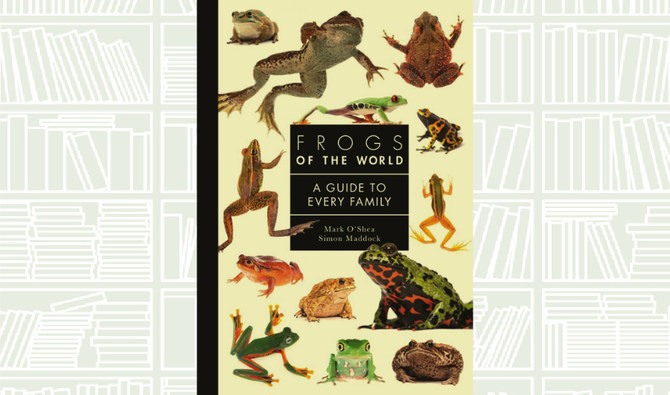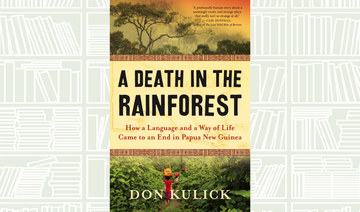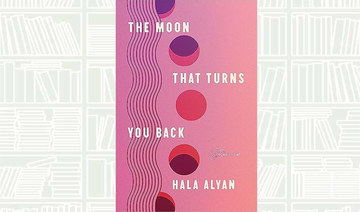BEIRUT: There was a time when, before the advent of a synthetic substitute, piano keys, billiard balls, combs and handles for cutlery were all made of ivory. Arab traders were interested in the lucrative trade to cater to the huge demand for ivory in Europe, America and the Far East.
Enter Tippu Tip whose first journey took place in 1855 and went on to establish him as a highly- successful ivory merchant.
His name is not easy to forget — it has an inner rhythm, a musical sound that stays with you and yet few know the truth about the iconic Omani trader whose life story turned into the stuff of legends.
Born in Zanzibar as Hamed bin Mohammed Al-Murjabi, Tippu Tip’s father, Mohammed bin Juma Al-Murjabi, was originally from Muscat and particularly proud of his mother’s ancestry.
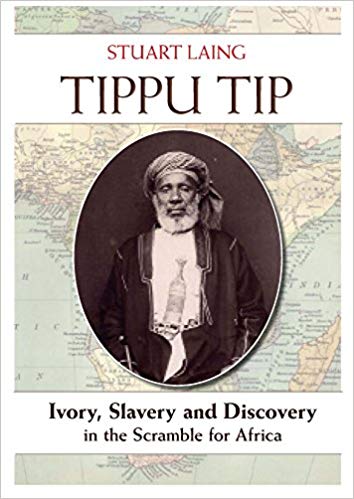
Author Stuart Laing came across Tippu Tip while doing research for a dissertation on the abolition of the slave trade in East Africa and the Indian Ocean during the 19th century. “The aim of this book is to introduce the reader, through the life of Tippu Tip, to the extraordinary world of East Africa in the second half of the 19th century,” Laing wrote.
During that period, known as “The Race for Africa” and the “Scramble for Africa,” Europeans and Arabs opened up vast tracts of territory for trade in the East and Central part of Africa. Laing says us that these journeys were huge enterprises, with Arab trading caravans boasting porters and soldiers in huge numbers. Tippu Tip’s caravan itself had 2,400 men.
Besides being a smart trader, Tippu Tip had remarkable leadership qualities that would help him during his third journey lasting 12 years. During that trip, Tippu Tip made a decisive encounter with Henry Morton Stanley who acknowledged his unique qualities in his book, “Through the Dark Continent.” “After regarding him for a few minutes, I came to the conclusion that this Arab was a remarkable man, the most remarkable man I had met among the Arabs…”
The fascinating players outlined in this book make it a must-read for anyone interested in real-life adventure.



